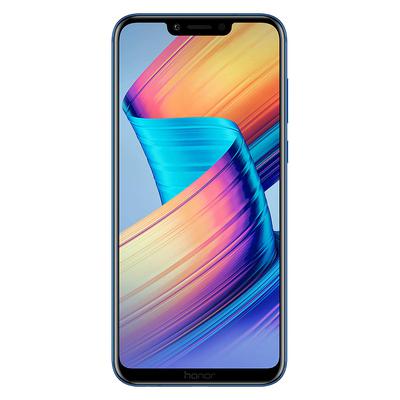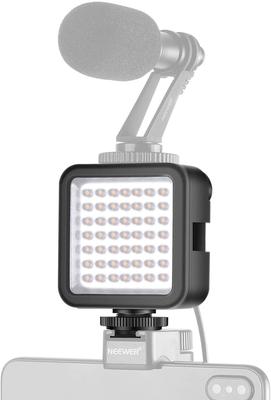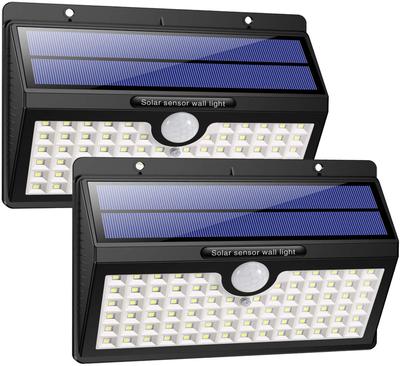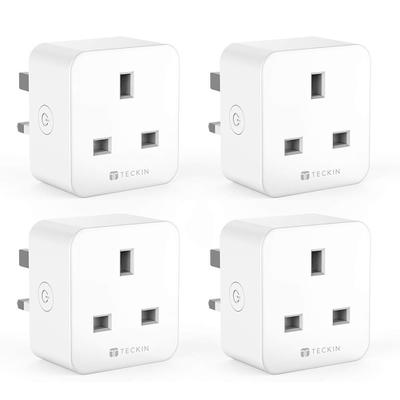
My Lenovo P2 has been an excellent phone for the last couple of years. Decent
performance and outstanding battery life. However, I am finding it's 32 GByte of
internal storage a bit limiting. It's stuck on Android 7.0 with a November 2017
security update and has been abandoned by Lenovo. I decided to have a look at
what was available for less than £300.
After looking at various reviews the Honor 8 with 6.5" screen seemed to fit my
requirements. However, it had a micro usb port, not USBC. I now have several
devices that have USBC ports and buying a new phone with micro USB connector
seemed a bit "Olde school". After a bit more research I discovered the Honor 8
Play. This is basically a souped up version of the Honor 8, supposedly aimed at
gamers.
Specs. include:
- 6.3-inch full view display LCD IPS (1080 x 2340)
- 16MP+2MP dual AI camera
- 3750mAH battery supports 1.5 days of heavy usage and includes 9V/2A quick charge
- Kirin 970 AI Chipset
- 64 GByte on board storage with micro/usb dual SIM capability.
- USBC connector
On Amazon it was priced at £240, well within my budget. Now I am not a gamer,
but I thought paying a bit extra for a phone that had better performance and
USBC was worth it.
Initial setup was a bit unusual. Honor has their own Phone Clone app that did
an excellent job of transferring all my apps and data from the P2. The phone
has a Notch, that bothered me for all of about 5 minutes before I ignored
it. There is a fingerprint scanner on the back and face recognition works
really well, even when I am wearing my beanie and reading glasses.
Honor's UI seemed OK, but as a long time Nova user, I just restored my saved
settings from the P2. The phone is not officially water proof, but the only time this
has been a problem for me was back when I had a Nokia 5800 that was inside the
top pocket of my rucksack and the screen died either from moisture or the cold
in a snow storm. At full brightness you can see the screen OK in bright sun,
but I normally run it at about 20%. The screen aspect ratio makes it easy to
reach either edge of the screen, but as I never use the phone one handed that
doesn't matter to me.
Speaker is OK, but I only use it for listening to phone calls. It does have
the dinosaur 3.5mm jack.
Huawei gives you an awful lot of settings to tinker with, but sometimes this
makes it difficult to find a particular setting buried deep in some menu.
The phone came with Anrdoid 8.0, but immediately updated to 9.0 with November
2018 security patches.
As it's meant to be a gaming phone, it came with several pre-installed games,
all of which I immediately deleted. There are a couple of other Honor apps that
can be deleted if you want to.
Bluetooth connected to all my headphones and speakers without a problem. The
bluetooth version is 4.2 with AptX HD.
Main camera is 16 MP, f/2.2 with the front camera being 16 MP, f/2.0. Photos
are fine for me.
Battery life - I had no problem getting through a day with more than 50%
available at bed time most days.
https://amzn.to/2UNNhkU





